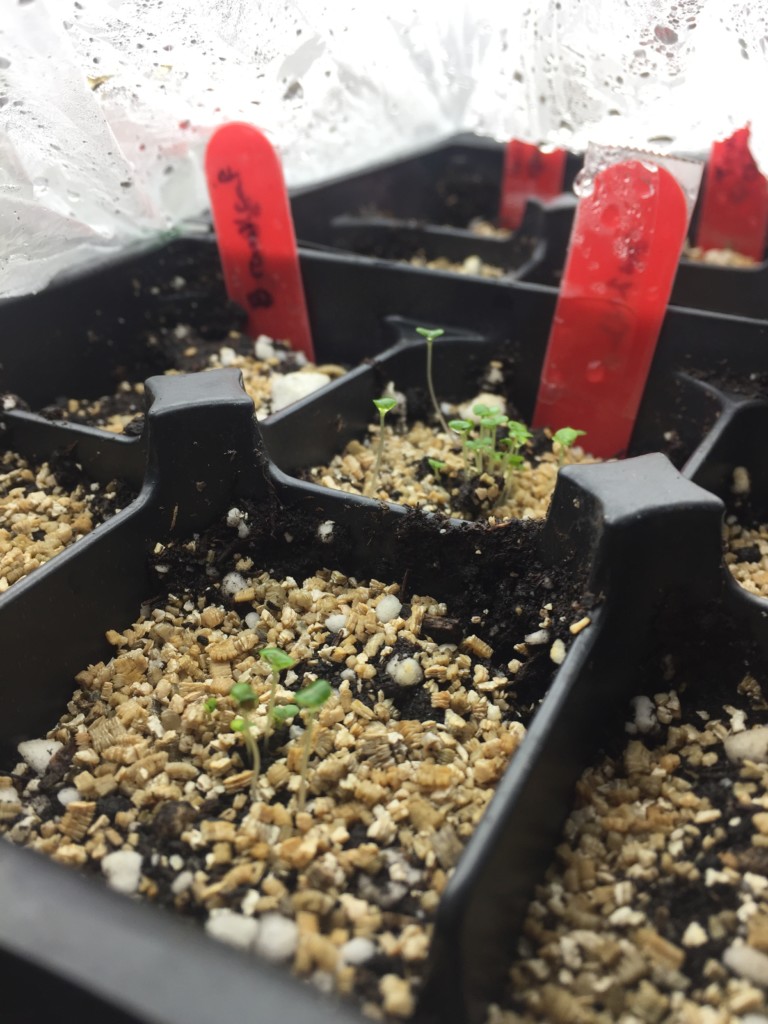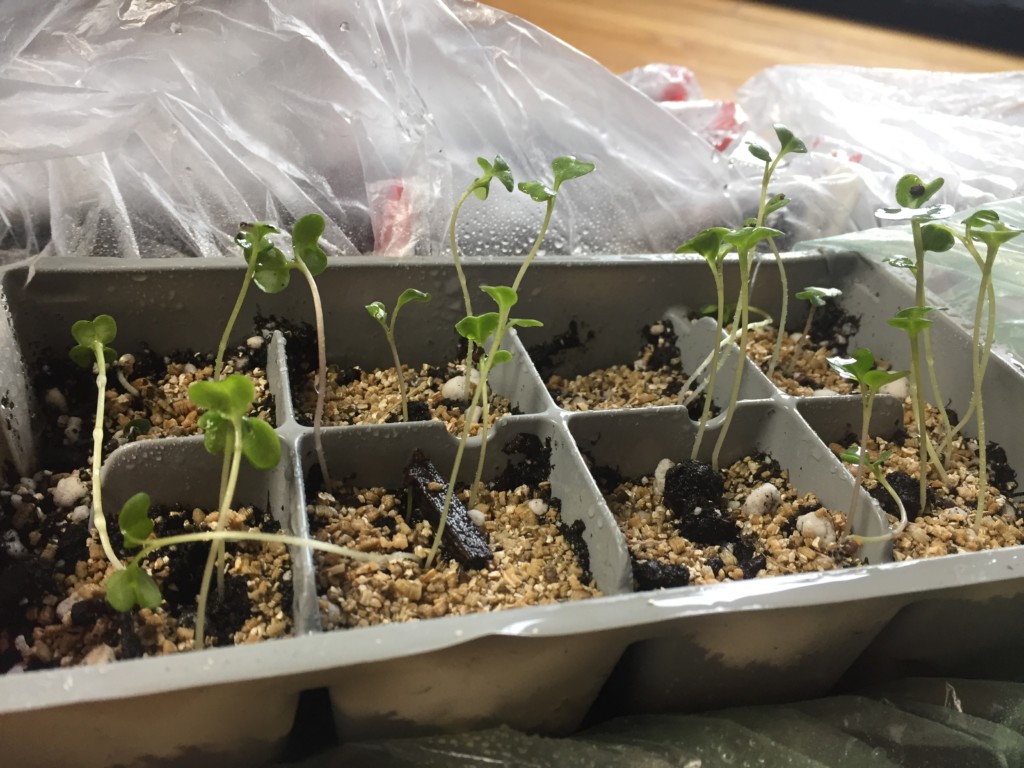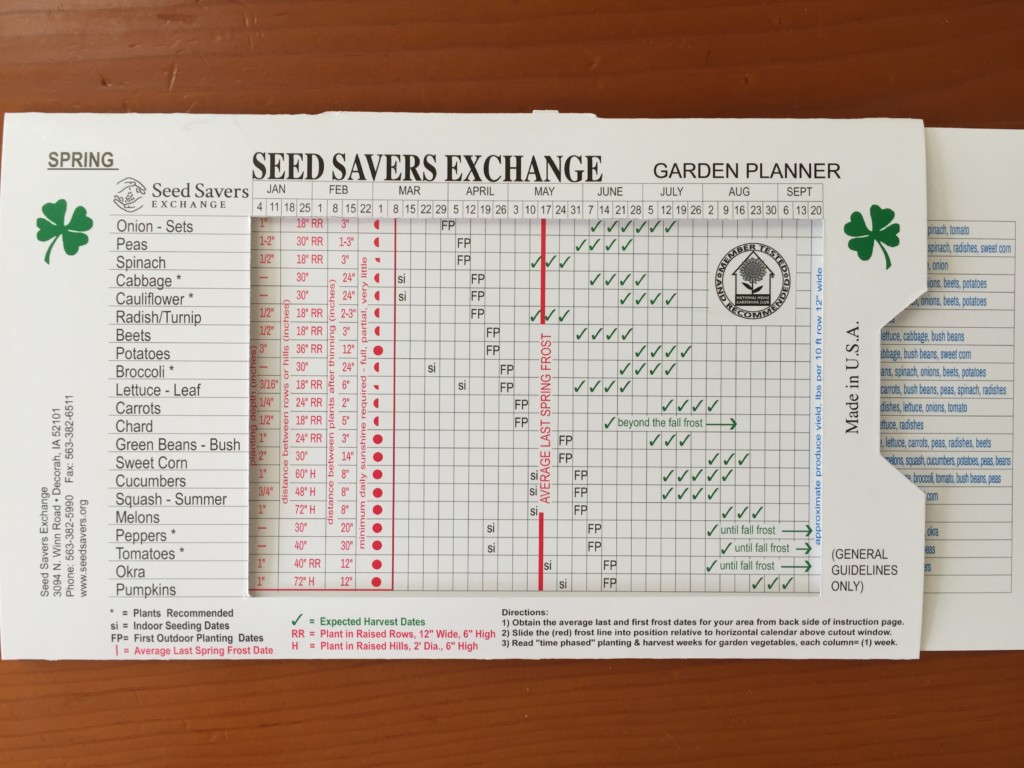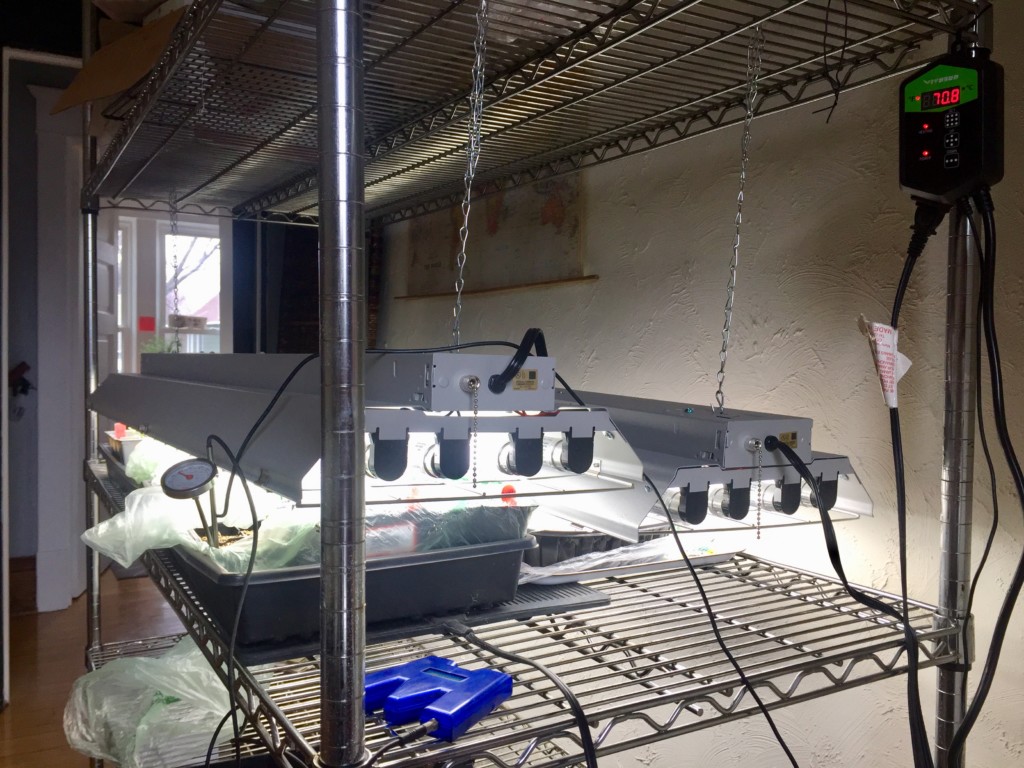 Although there are some flurries of snow in the sky, the calendar says that we have officially entered into spring. Since childhood this has always meant the time of year for planning and preparing for another year in the garden. The smell of peat moss can send me straight back to my basement growing up where we had shelves and shelves of grow lights and seed starting trays for our massive vegetable garden. My production now is no where near as large seeing as we live in the city, however it seems to grow and adapt each year bringing new excitement and learning opportunities.
Although there are some flurries of snow in the sky, the calendar says that we have officially entered into spring. Since childhood this has always meant the time of year for planning and preparing for another year in the garden. The smell of peat moss can send me straight back to my basement growing up where we had shelves and shelves of grow lights and seed starting trays for our massive vegetable garden. My production now is no where near as large seeing as we live in the city, however it seems to grow and adapt each year bringing new excitement and learning opportunities.
As many of you know I love to talk about different aspects of wellness and changes that we can make in our lifestyle to promote our health goals and values. A big aspect of our well-being is our diet and relationship to the food that fuels our bodies. Now we don’t all have the ability to grow all of our own food, but an open windowsill could provide a space to grow a few herbs for cooking! I find the process of planting, nurturing, and of course harvesting food to be such a meditative and rewarding practice in all its stages. If you are interested in starting your own garden of any scales here are a few tips and resources that I’ve found helpful.
To start, the average last frost date for Minneapolis ranges anywhere from April 23rd to May 22nd depending on your source. I aim for May 15th so I generally start seeds around mid to late March beginning with plants like broccoli and eggplant followed a couple weeks later with peppers, then tomatoes, etc. It is important to start your indoor seeds at the appropriate times so they will be at the right maturity when transplanting them outdoors. Begin too early and they run the risk of becoming “leggy” and weak (example of broccoli becoming too leggy below) or begin too late and they might not be strong enough to endure the great outdoors.

Here is a photo of a handy garden planner I got from Seed Savers Exchange to assist with proper timing for planting seeds depending on the average frost dates in your area. Seed packages should also indicate when to start either indoors or outdoors.

Other tips for starting seeds indoors:
 -Clean and disinfect seed containers and trays.
-Clean and disinfect seed containers and trays.
-Plant seeds as directed by the package, I like to cover them with finely ground vermiculite instead of soil.
-Prepare a grow light station for seed trays in an area with good air circulation.
-A heat source is recommended to facilitate germination (sprouting seeds), particularly for the warmer crops such as tomatoes and peppers. You can find heat mats and thermostat controllers on amazon or local garden stores.
– Cover the containers with grocery produce bags helps to retain the moisture and heat needed for germination. Once germinated the bags can be removed.
-Lights should be about 2-4 inches away from the trays/containers and remain on for about 15 hours a day to start.
-Water the seeds with a spray bottle to not disturb the seeds and to prevent overwater.
For more seed starting information and resources check out Mother Earth Garden’s website: http://www.mothereart hgarden.com/seed-starting
If you have any questions about the process of growing food or other wellness practices please let me know. It is my passion to share my love for various aspects of healthy living!
Happy planting!
